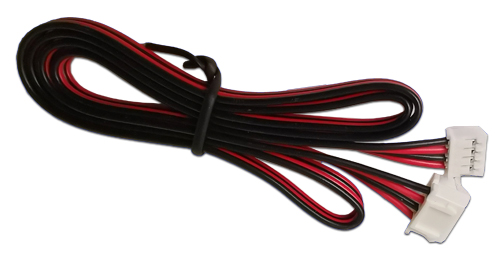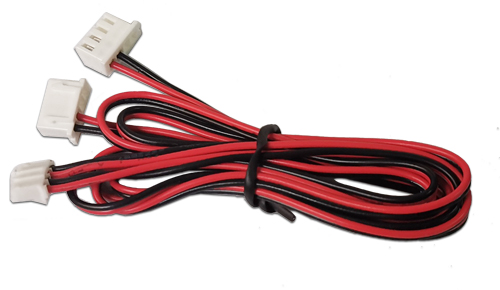Steve_S
Offgrid Cabineer, N.E. Ontario, Canada
Well, is it relative or not. My system is basically designed for 200A Draw but everything is setup for 300A. 300A DCC, 300A Breakers, my Main Breaker in the Midnite E-Panel is 250A. I'm running a 24V system. On the rare occasion I "may" hit 200A pull if I decide to use heavy tools but compressor, mig only see the generator for power. I am power frugal and have all LED lights & high efficiency stuff.
Normal running with Computer on the fridge running (4A), and a couple of lights, I'm pulling 10A from the battery.
Coffee Maker draws 50A for 6 minutes while it brews.
Panasonic 1200W Inverter Nuke pulls 90A at full power
Radiant Heating System uses 4A when it runs (2 hrs per 24hr period @ -20C exterior temp) {High Efficiency Build makes the difference}
Deep Well Pump is only 1100W @ 120VAC and does not run much.
Normal running with Computer on the fridge running (4A), and a couple of lights, I'm pulling 10A from the battery.
Coffee Maker draws 50A for 6 minutes while it brews.
Panasonic 1200W Inverter Nuke pulls 90A at full power
Radiant Heating System uses 4A when it runs (2 hrs per 24hr period @ -20C exterior temp) {High Efficiency Build makes the difference}
Deep Well Pump is only 1100W @ 120VAC and does not run much.





